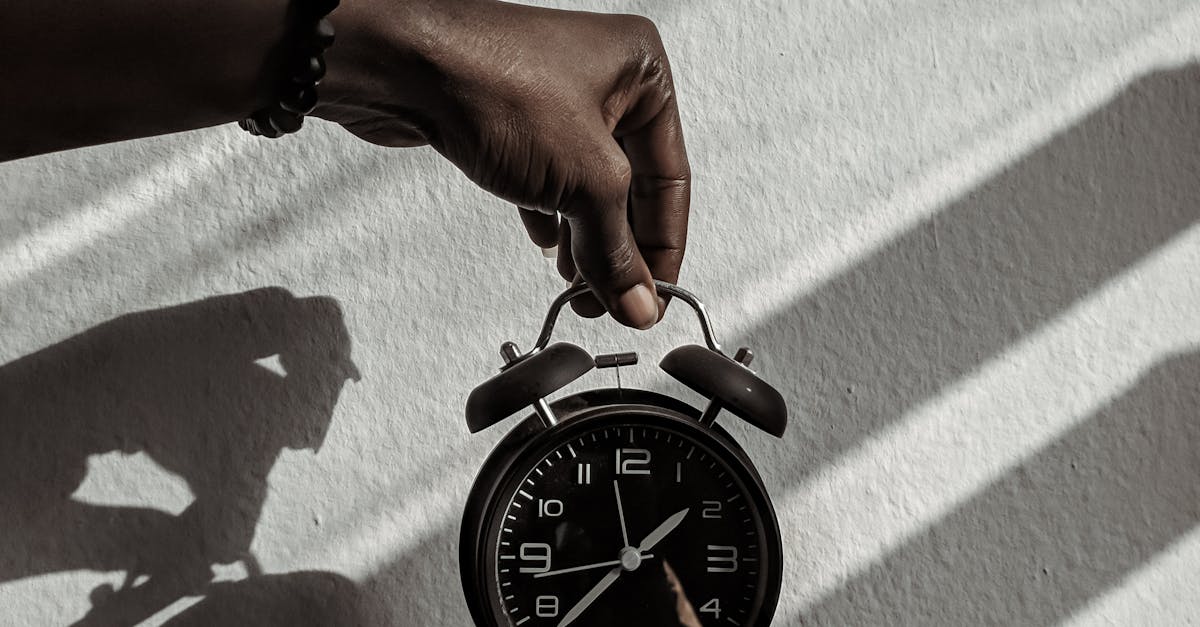Time Change Trivia: Navigating Daylight Saving Time Changes

The History of Daylight Saving Time
Daylight Saving Time (DST) has been a controversial topic since its inception. First introduced in the early 20th century as a way to save energy during World War I, DST has continued to be a hotly debated issue. The idea behind DST is to shift the clocks forward in the spring to make better use of natural daylight in the evenings and then shift them back in the fall.
How Daylight Saving Time Affects Our Health
The twice-yearly time changes can have a significant impact on our health. Studies have shown that the disruptions to our sleep patterns caused by the time changes can lead to an increase in heart attacks, strokes, and even car accidents. The shift in time can also disrupt our circadian rhythms, causing many people to experience fatigue and mood changes.
Navigating the Daylight Saving Time Changes
With the spring and fall time changes comes the need to adjust our clocks and daily routines. Here are some tips to help you navigate the transition smoothly:
- Start adjusting your sleep schedule a few days before the time change to help your body adapt gradually.
- Make sure to expose yourself to natural light in the mornings to help reset your internal clock.
- Avoid caffeine and alcohol close to bedtime, as they can disrupt your sleep patterns.
- Take short naps during the day if you find yourself feeling tired.
The Future of Daylight Saving Time
Many people have called for the abolition of Daylight Saving Time, citing its negative effects on health and productivity. Some states have even passed legislation to permanently adopt either Standard Time or Daylight Saving Time year-round. However, the issue remains a contentious one, with no clear consensus on what the future holds for DST.
Conclusion
Navigating the time changes brought on by Daylight Saving Time can be a challenge, but with some preparation and a few adjustments to your routine, you can make the transition smoother. Whether you're a fan of DST or not, one thing is certain: the debate over its future is far from over.